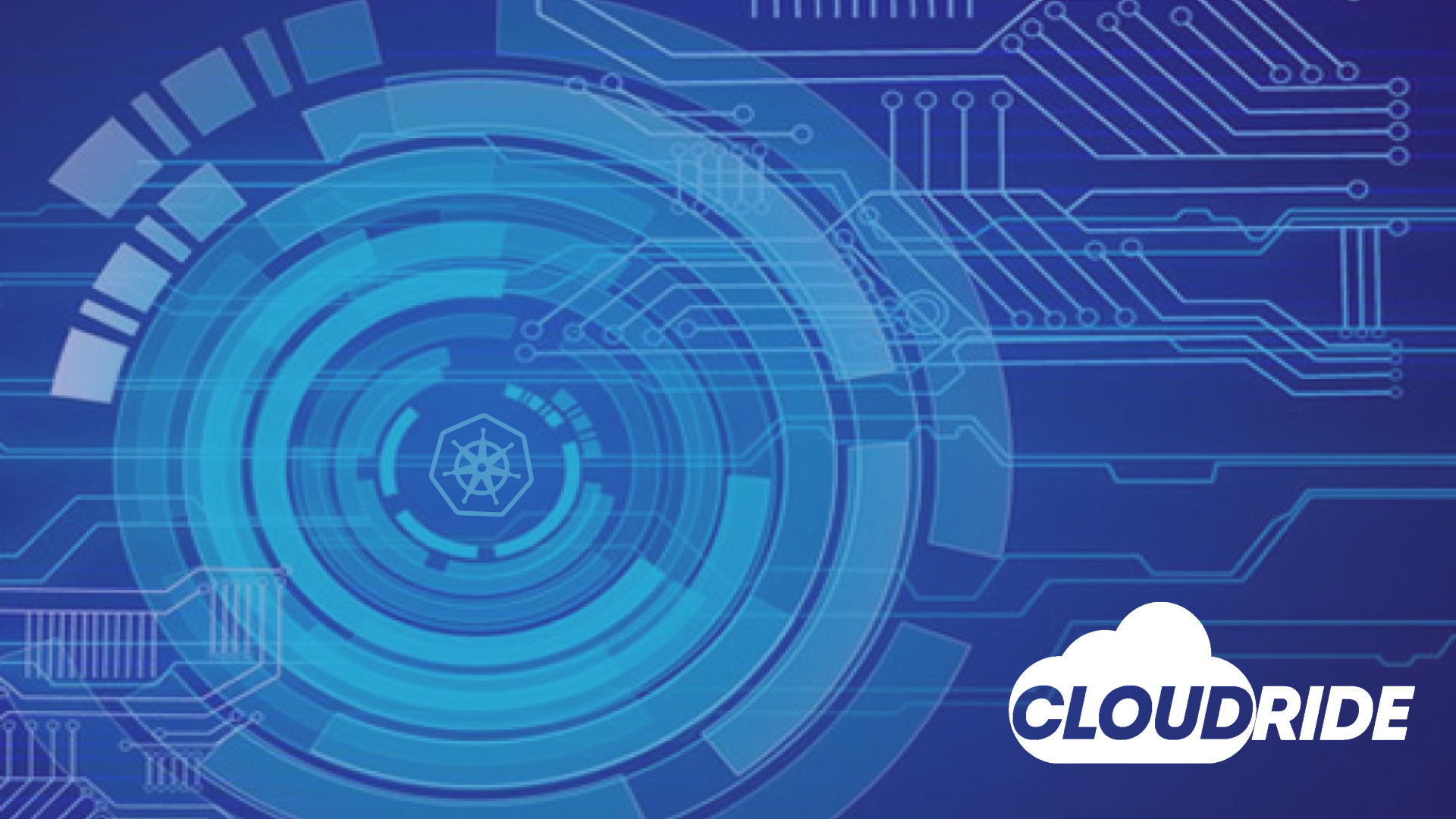Over the recent years, Kubernetes has emerged as the ‘de facto’ standard for orchestrating containers. It enables developers to manage applications running in a cluster of nodes by allowing them to handle, deploy, and scale applications, making the management of applications in a distributed environment much easier. However, as with any system, optimization of Kubernetes is necessary for maximum efficiency. This practical manual will take a close look at the strategies for optimizing Kubernetes, with the goal of getting the most out of this container orchestration tool.
Resource Limits and Requests
Resource management is the foundation for Kubernetes optimization. Implementing resource limits and requests in individual containers within pods makes it possible to control the effective allocation and utilization of computing resources.
Resource requests define the minimum CPU and memory needed for a container’s run, limits define the maximum CPU and memory a container might consume. Finding a reasonable balance is necessary; requests that are set too low can cause a performance decrease, while too-generous requests may lead to a waste of resources. Also, if the limits are set too low, containers may be throttled, whereas setting limits too high may result in resource contention and instability.
Resource utilization should be optimized by monitoring the application performance and applying necessary adjustments to the resource limits and requests. Tools such as Prometheus and Grafana provide vital information on resource utilization trends and allow you to choose the right allocation decisions accordingly.
Pod Affinity and Anti-Affinity
Pod affinity and anti-affinity allow you to control how pods are scheduled onto nodes inside your Kubernetes cluster. Pod affinity enables you to establish policies for placing pods on nodes with particular traits, including the presence of specific labels or other pods. Alternatively, pod anti-affinity guarantees that pods are not placed with others that have particular qualities.
Proper use of pod affinity and anti-affinity will allow you to improve the performance and resilience of your Kubernetes cluster. For instance, you can use affinity rules to make sure that related pods are scheduled near each other, reducing network latency and the availability of communication between their components. In contrast, anti-affinity rules ensure the distribution of pods across various nodes, thereby improving fault tolerance and availability.
Creating efficient affinity and anti-affinity policies needs to understand the application architecture as well as the deployment needs. One way of achieving this is by trying out different rule configurations and observing how the changes affect performance.
Harnessing the Power of Horizontal Pod Autoscaling
HPA is one of the essential components of Kubernetes that enables automatic adjusting of the number of pod replicas according to the observed CPU or memory usage. HPA ensures that your application is resilient for periods of uneven demand on workload.
For the effective application of HPA, it is necessary to define suitable metrics and thresholds, which reflect the characteristics of your application’s performance. For instance, you can define CPU utilization thresholds to initiate scaling actions according to the expected patterns of load. Also, think about the combination of HPA with custom metrics and external scaling triggers for more sophisticated scaling techniques.
Through the combination of HPA along with pod affinity and anti-affinity, you can get better control over the resource allocation and workload distribution in terms of optimizing the performance and efficiency in your Kubernetes environment.
External Tools to Improve Monitoring
Although Kubernetes provides its own tools to help you understand, using tools from outside can assist in following things and troubleshooting problems:
Prometheus:
Prometheus is a widely used software that is available at zero cost. It records information from multiple sources, stores it in a particular type of database, and allows for easy interrogation. This can be very useful for checking how good your Kubernetes system is doing.
Gafana:
Grafana is a data visualization tool. It can partner with Prometheus, so it will be easy to create visual dashboards and get notified if something isn’t right. This collaboration between Prometheus and Grafana enables teams to watch over many factors.
Getting Better All the Time: Tips and Tricks
Ensuring that your Kubernetes system works amazingly should always be a matter of concern. Here are some easy steps to follow:
Keeping an Eye on Things
It is critical to observe events as they unfold. Configuring alerts that notify you when things go beyond prescribed limits allow you to capture and resolve issues even before they affect your app.
Using Resources Wisely
Refining how much space and power your pods consume on a frequent basis is a smart move. Giving them too much is like having too much food at a party, where it is just thrown away. It’s like not having enough chairs, things get slow. Utilities such as Kubernetes HPA and VPA can ensure that your pods get only as much as they require.
Understanding Every Detail
Digging into the details can help make your applications work more effectively. With tools such as Jaeger, Zipkin, and Pprof, you find out the exact points where things might slow down. It is like having a detective for your software solving and eliminating the problems.
Conclusion: Optimizing for Excellence
Continuous monitoring and experimentation can help you perfect your optimization mechanisms and adapt to the varying requirements of the workload. If you adhere to good practices and keep abreast of the latest changes in Kubernetes technology, your containerized applications will perform well, even in challenging environments.
Contact Cloudride for white-glove Kubernetes and cloud optimization assistance.


